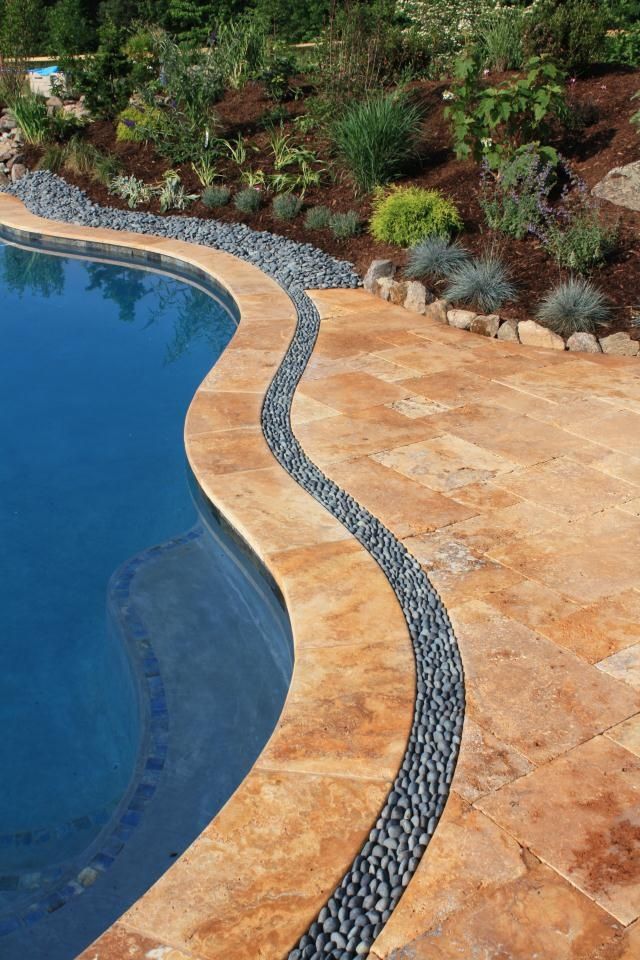Travertine is one of the most timeless natural stones used in homes today. Its warm tones, subtle patterns, and natural texture make it a favorite for flooring, countertops, showers, and outdoor spaces. But like any natural stone, it needs the right care to keep looking great.
The good news? Maintaining travertine is simple — as long as you follow a few key steps.
In this guide, we’ll cover how to keep your travertine clean, protected, and beautiful for years to come.
1. Clean Regularly with the Right Products
Travertine is sensitive to acidic and harsh chemicals. Vinegar, bleach, harsh bathroom cleaners, and even lemon-based products can etch or dull the surface.
Best Cleaning Practices:
-
Use a pH-neutral stone cleaner or a mild dish soap diluted in warm water.
-
Wipe spills right away, especially wine, coffee, juice, or anything acidic.
-
Sweep or dry-dust floors regularly to prevent scratches from sand and grit.
Products to Avoid:
-
Vinegar or lemon cleaners
-
Bleach or ammonia
-
Any abrasive powders or scrubbing pads
Tip: When in doubt, stick to cleaners labeled safe for natural stone.
2. Reseal Travertine Every 1–3 Years
Because travertine is a porous stone, it absorbs moisture and liquids. Sealing helps protect it from stains and makes everyday cleaning easier.
How Often to Seal:
-
Indoor flooring: every 2–3 years
-
Countertops, showers, or high-use areas: every 1 year
-
Outdoor travertine (pavers/patios): every 1–2 years, depending on weather exposure
To check if your travertine needs sealing, drip a few drops of water on the surface.
If the water darkens the stone within a few minutes, it’s time to reseal.
3. Protect the Surface from Wear and Stains
Little habits make a big difference with natural stone.
Do:
-
Use coasters under glasses
-
Place mats under kitchen appliances
-
Add felt pads under furniture legs
-
Use rugs at entryways to limit dirt and grit
Avoid:
-
Dragging chairs or furniture across travertine floors
-
Leaving standing water on countertops or shower ledges
-
Using suction cup bath mats (they can trap moisture)
4. Maintain Outdoor Travertine Pavers
Outdoor travertine is durable and weather-friendly, but it still benefits from simple care.
Outdoor Care Tips:
-
Sweep debris and leaves regularly to prevent staining
-
Clean with a gentle pressure rinse — not too strong
-
Refill joints with sand or polymeric sand when needed
-
Reseal pavers when water stops beading on the surface
Avoid using vinegar for mold or algae removal — use stone-safe cleaners instead.
5. Handle Stains and Etching the Right Way
If a stain does happen, don’t panic. Travertine can often be restored.
For Common Issues:
-
Oil stains: use a poultice made for natural stone
-
Water spots: buff gently with a soft microfiber towel
-
Etching (dull spots): may require professional polishing depending on severity
For deep stains or worn areas, professional stone restoration can make your travertine look brand new again.
Final Thoughts – How do you maintain travertine?
Travertine is one of the most beautiful and long-lasting stones you can use in your home — and maintaining it doesn’t have to be complicated. With gentle cleaning, regular sealing, and a few protective habits, your travertine will stay elegant and timeless for decades.
Whether you’re caring for travertine floors, countertops, shower walls, or outdoor pavers, the key is simple, consistent maintenance.

